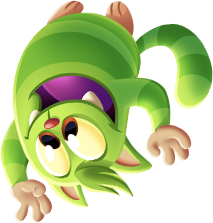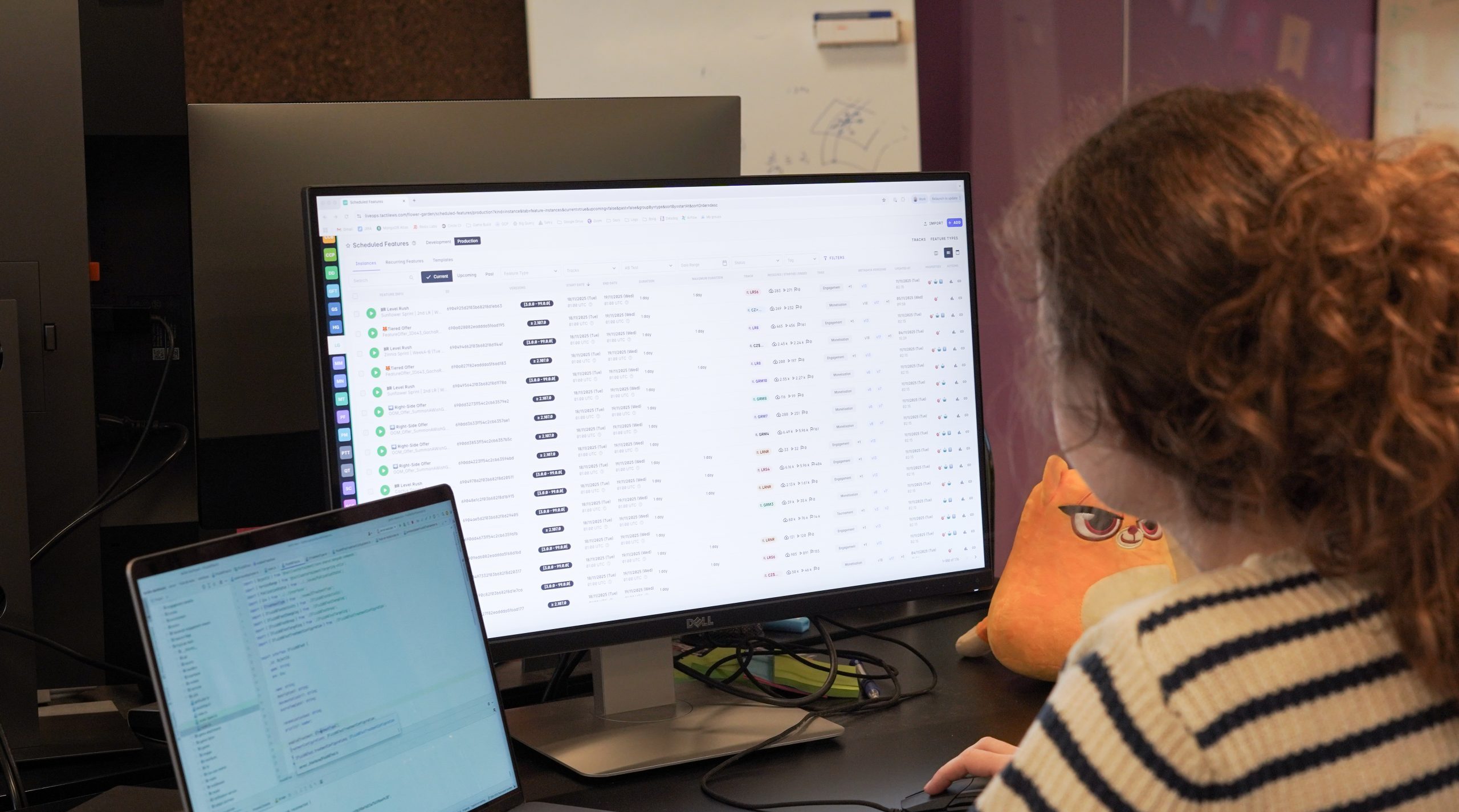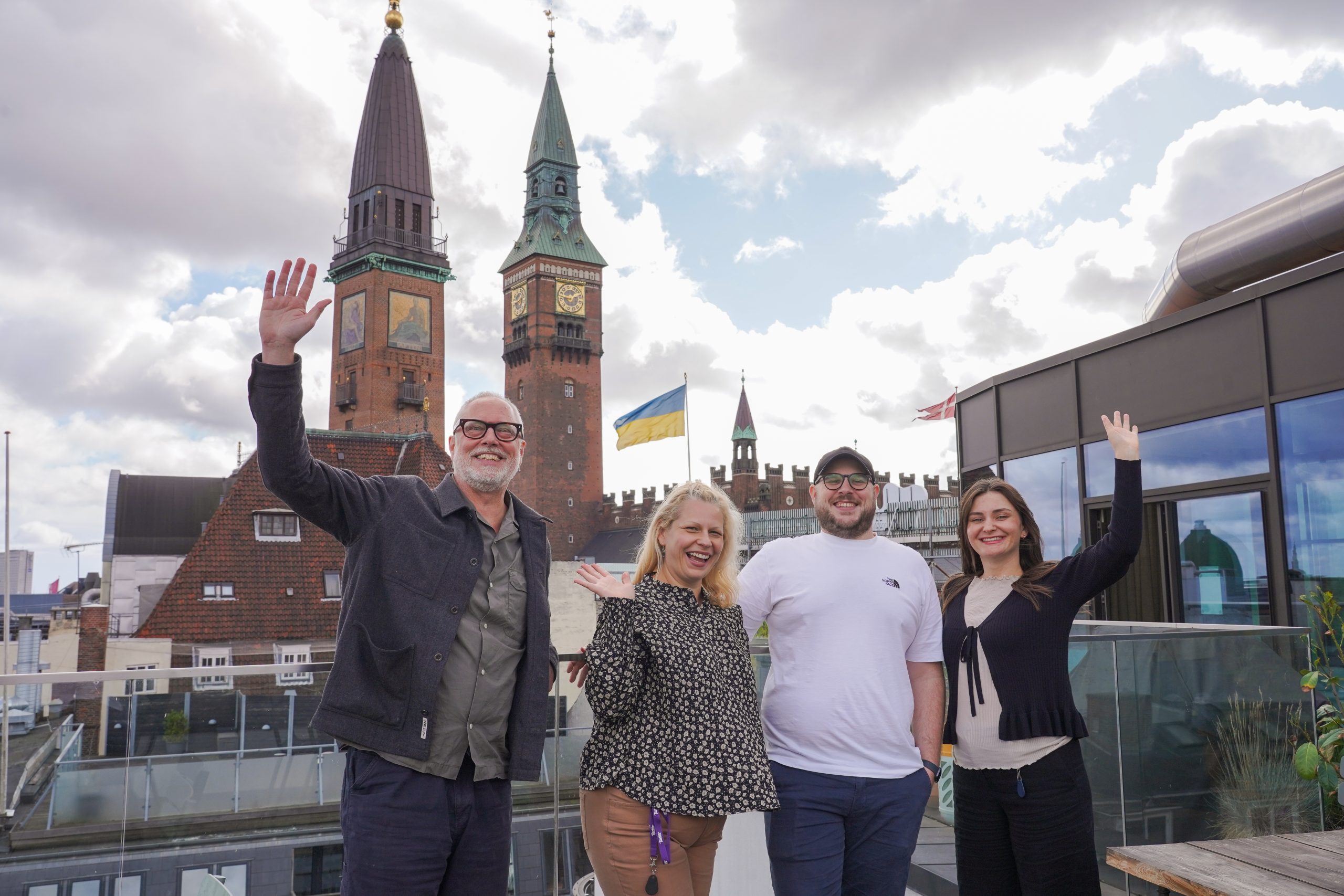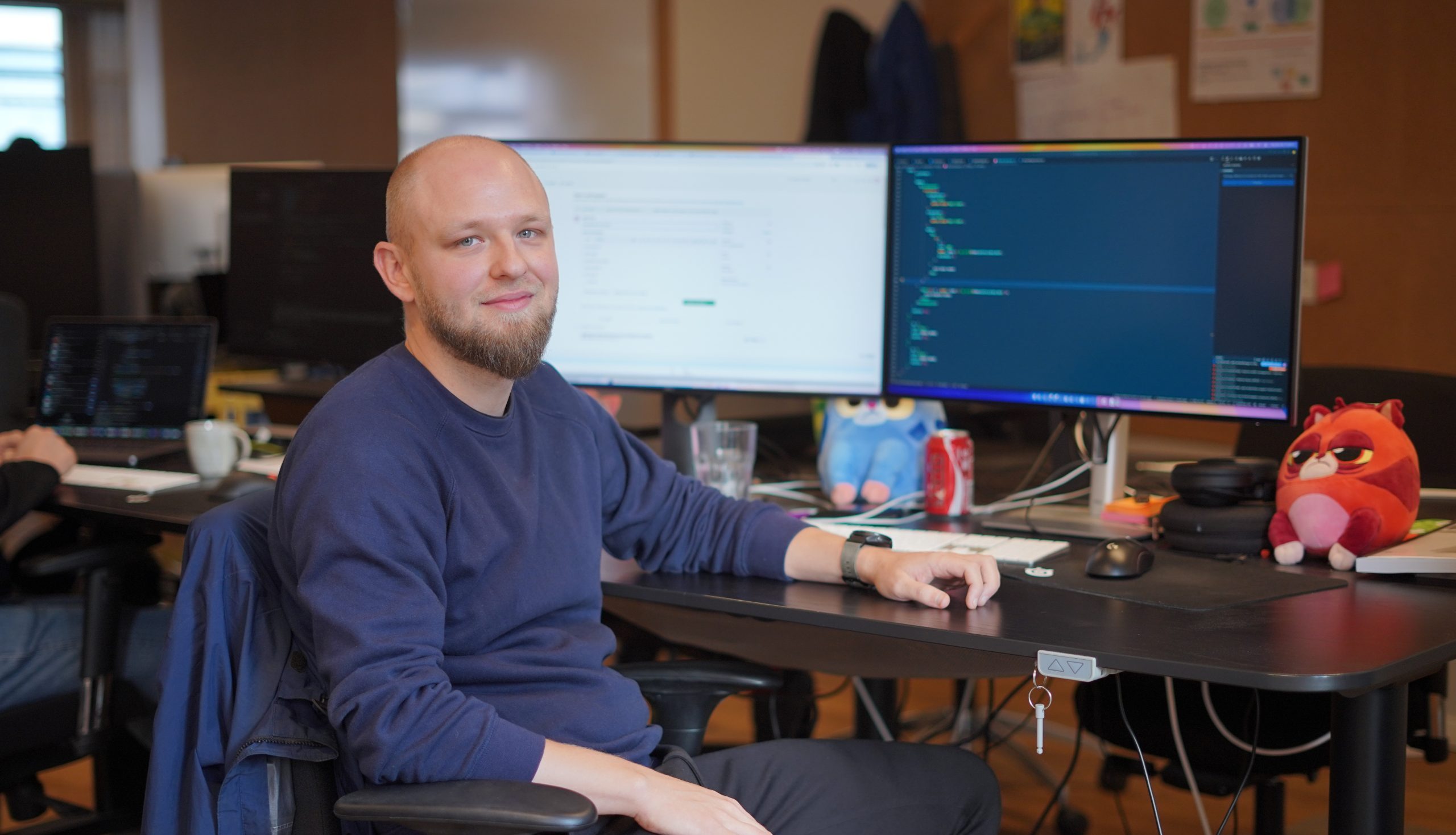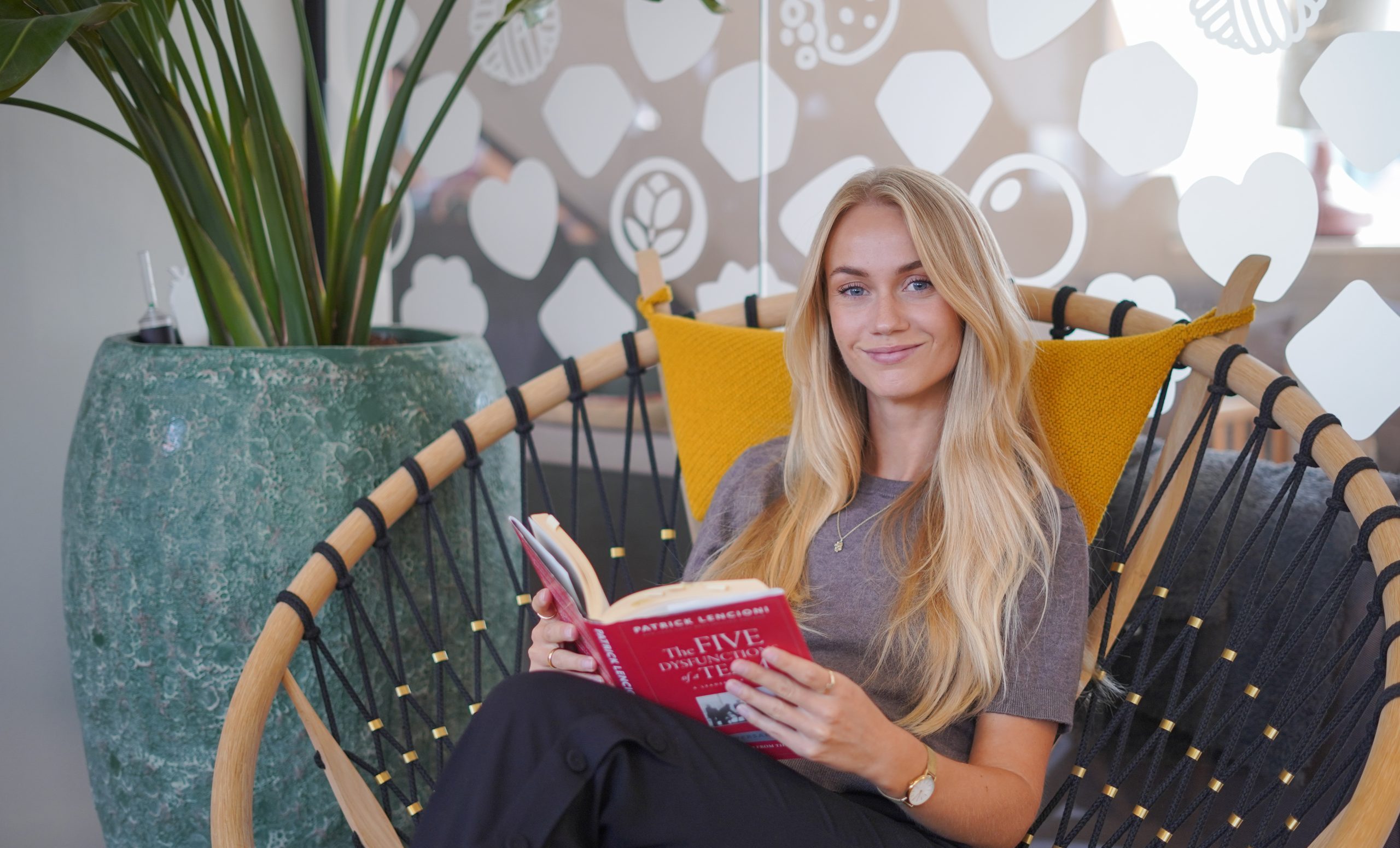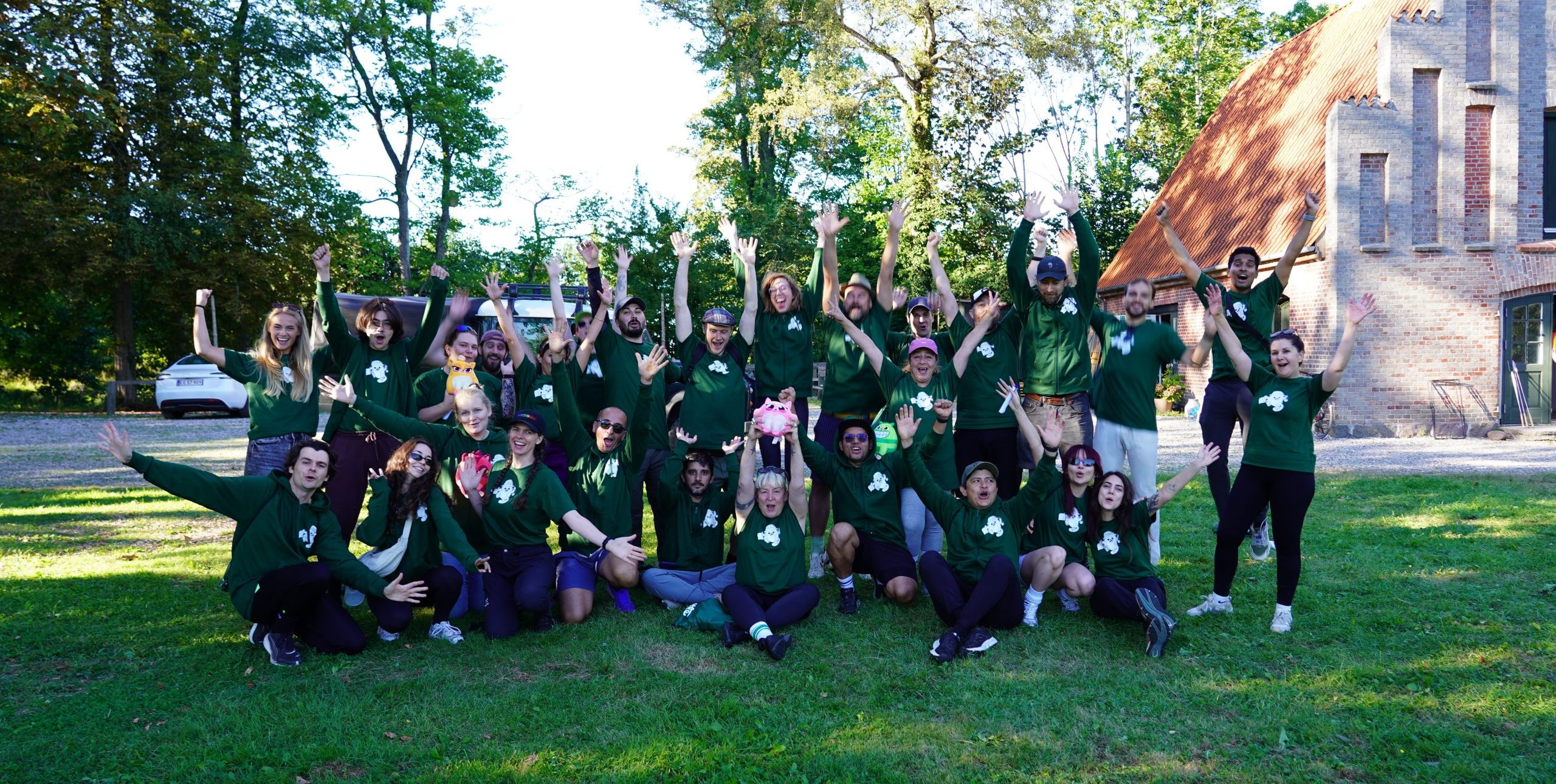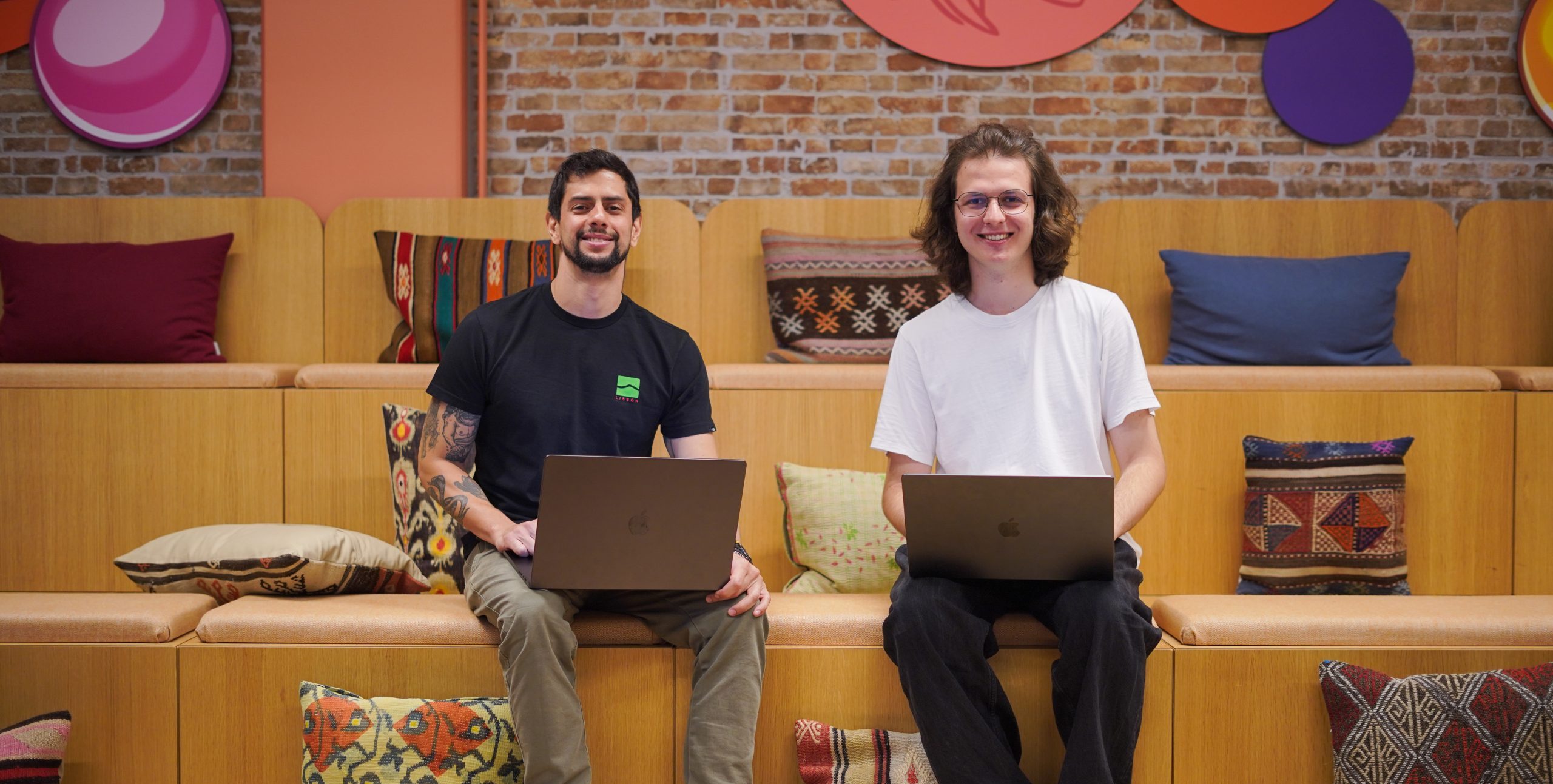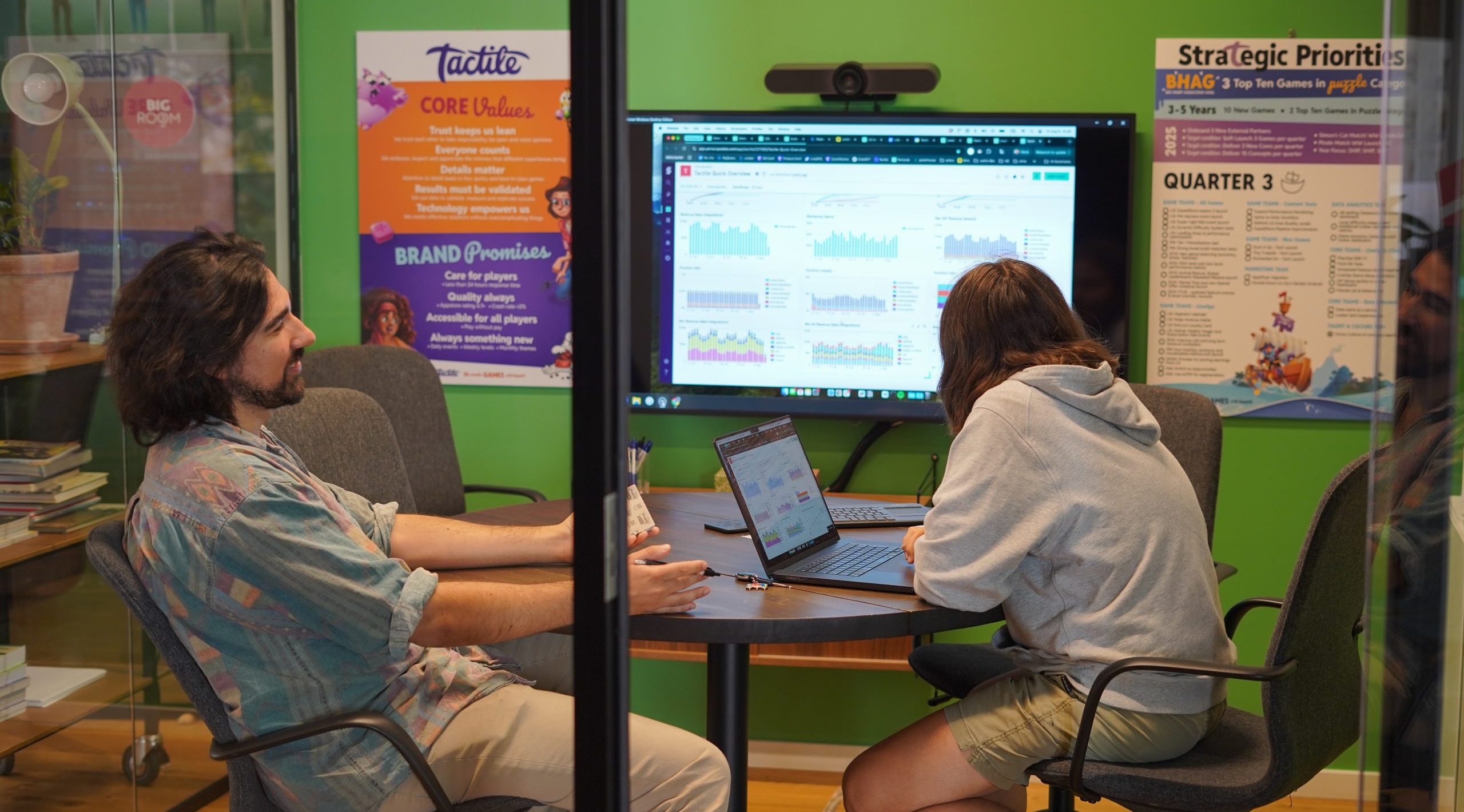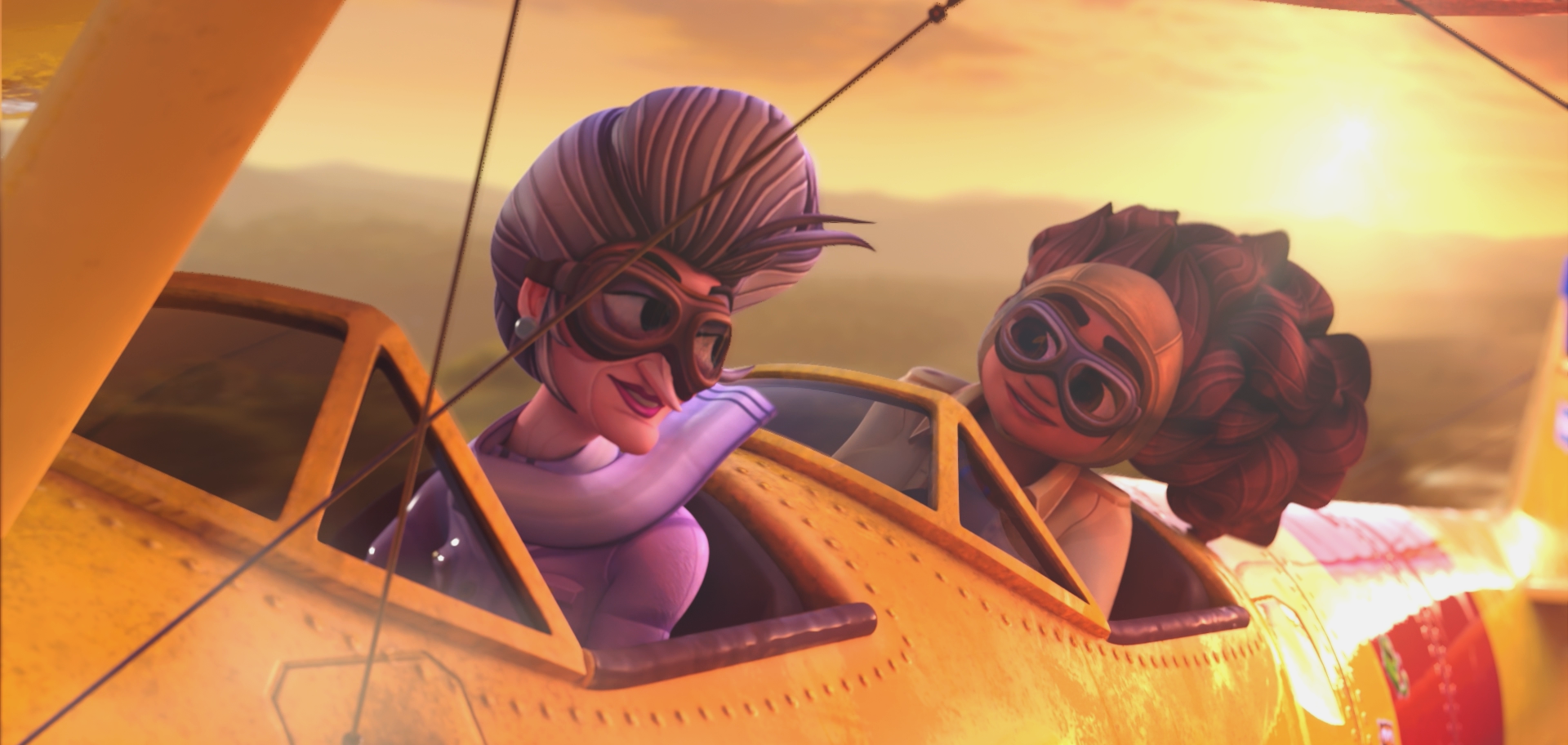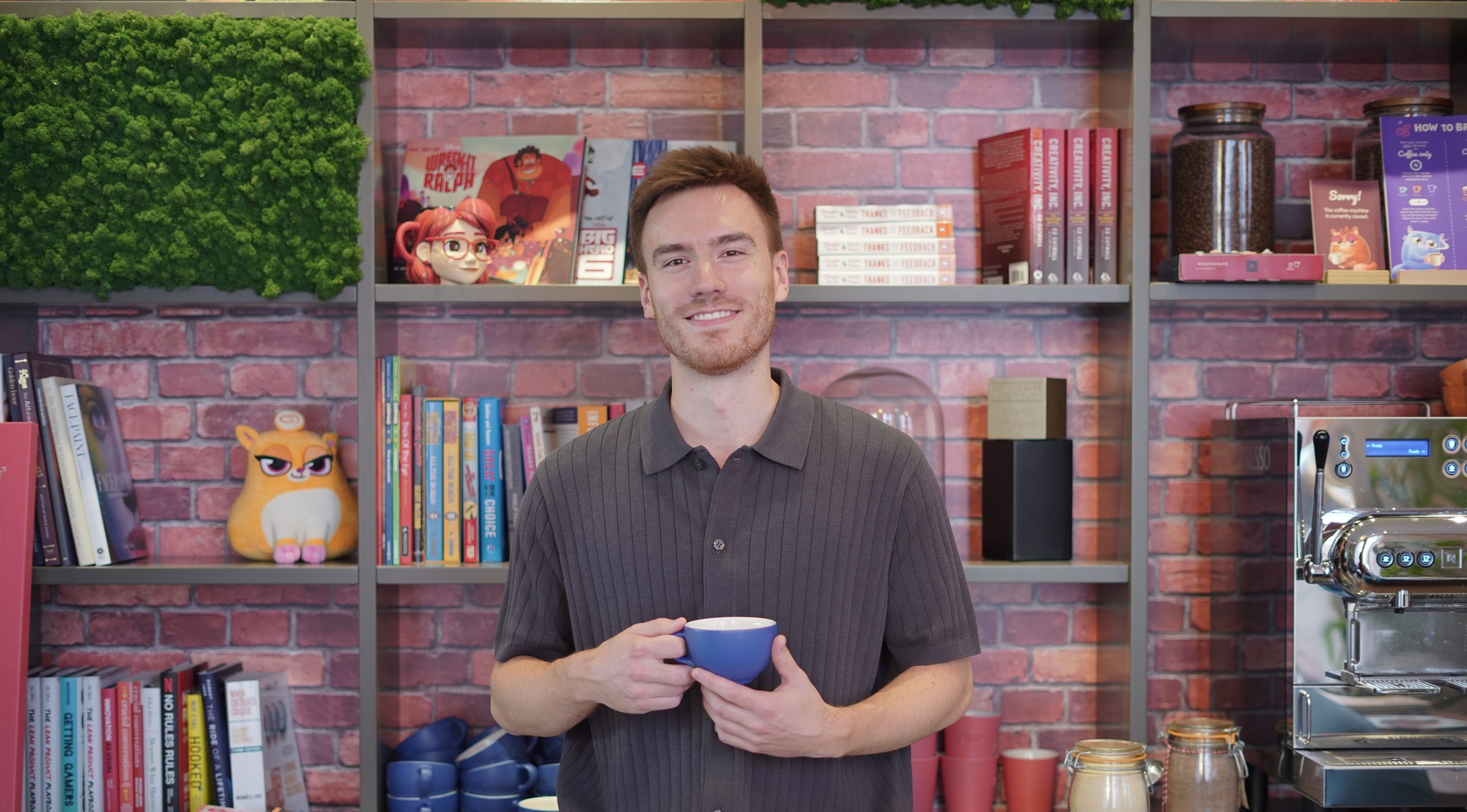Bridging creative vision and player experience as a Level Designer
It’s Time for Talent – With Pelinsu Ayas
Hi, my name is Pelinsu, it’s nice to e-meet you! 👋

I joined Tactile in February 2025 as a Level Designer, and I can’t believe it’s already been nine months, it’s flown by! I design levels for Lily’s Garden, creating experiences that bring joy to our beloved players.
💡As level designers, we collaborate closely with data scientists, QA engineers, gameboard artists, developers and producers. Our role is to bridge creative vision and player experience, translating data-driven insights into engaging gameplay. Beyond designing levels, we also design new gameboard mechanics, haptics, difficulty curves, and A/B tests to ensure a smooth and engaging journey for our players.
🚀 Before Tactile
Ever since I was a kid, I dreamed of creating products that people would enjoy and spend quality time with. That passion led me to study Industrial Design. This was long before I even knew that “level design” was a possible career path!
During my studies, I discovered a love for designing digital products, especially through research and A/B testing. That curiosity for digital experiences, where a single design decision could impact millions of people completely hooked me.
With this knowledge, I joined the gaming industry. I started working as a level designer at Peak Games where I worked on a game called Toy Blast. Later on I joined Space Ape Games where I designed levels for a game called Chrome Valley Customs. Both games taught me a lot in terms of the gaming industry and level design. Despite both being casual Match-3 games, level design approaches and mechanics were quite different.
Working on both an established title and a brand-new game gave me the rare chance to see the full spectrum of product development and apply my product design background in meaningful ways.
After some time in the industry, I started looking for opportunities that would allow me to work more closely with a wider variety of stakeholders. I’d known about Tactile Games for a while, and when this opportunity came up, I knew it was the right next step for me.
💜 Joining Tactile
When I joined Tactile, I had a very smooth transition from London, where I was based at the time, to Copenhagen. Everyone was very helpful, kind and welcoming! I also already knew some of my future colleagues from my previous workplaces, which was a really nice plus.
Before Tactile, I worked in smaller teams and within more traditional work models. At Tactile, our team spans different countries and time zones, and adapting to this diverse, flexible setup has been a really rewarding experience.
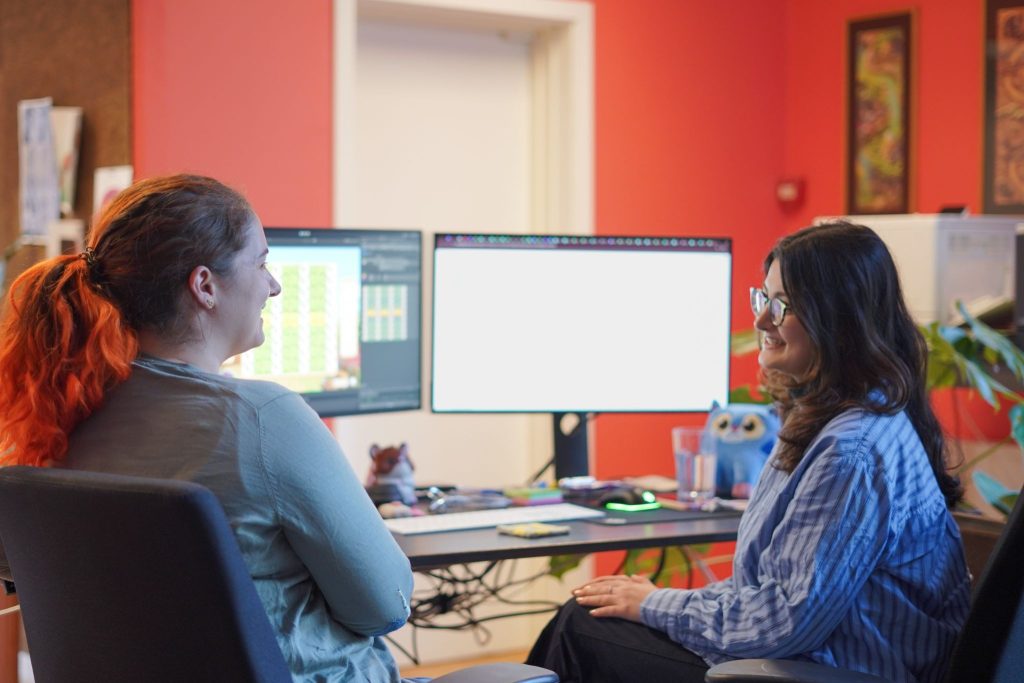
We’re an agile and dynamic team. Whether it’s a quick 10-minute sync to solve an issue or adjusting our plans to tackle something urgent, we move fast and collaborate deeply. That adaptability is essential in today’s gaming industry, and I love being part of such a responsive and forward-thinking environment. Our team also got bigger, so now we have more capacity to experiment and innovate.
💪 Having an impact
My team is responsible for everything relating to our in-game gameboard. This means that we are designing new levels, blockers and gameplay mechanics, adjusting level difficulties, as well as designing and maintaining a variety of A/B tests all with the aim of improving our player experiences.
The most rewarding part for me is seeing how our work directly impacts players. There’s nothing quite like looking at the data after a release or an A/B test and seeing positive results, or spotting enthusiastic player feedback about a level or mechanic we designed. That’s the kind of motivation that makes me want to keep pushing boundaries.
Within my team, we have a strong culture of collaboration, which comes to everyone quite naturally and intuitively. In my opinion, this is very important and something that is not easy to find. It’s rare to have such high levels of shared creativity.

🗝️ The keys to success
If you are a designer aspiring to join the gaming industry, my only recommendation would be that you follow the latest trends in the industry and identify where your unique skills can make a difference. The industry is incredibly dynamic, which makes it exciting, but also challenging.
When you play games, try to think like a designer. Observe what works well, what could be improved, and what you personally enjoy. Imagine how you would design that level or mechanic differently. This mindset will naturally sharpen your design intuition and creativity.
As a final thought, collaboration, as well as giving and receiving feedback are keys to being successful as a level designer and team player. Having these soft skills are as important as having the technical skills.
Every level, every blocker, every A/B test can be improved, and being open to discussing improvements makes the process both more efficient and far more enjoyable. When ideas flow freely, creativity thrives and that’s where strong collaboration really happens.
